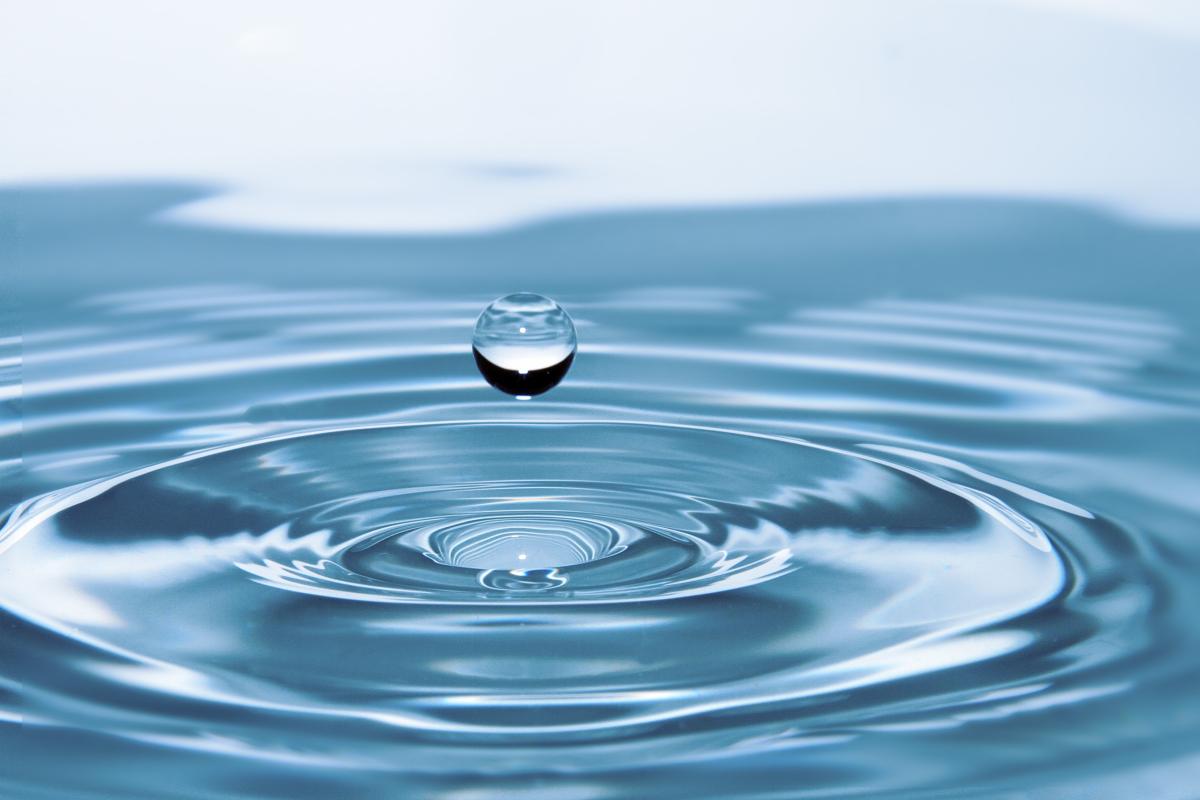
In this hands-on lesson, students use making lemonade to practice lab procedures, measurement and ratios as well as learning about temperatures affecting saturation points.
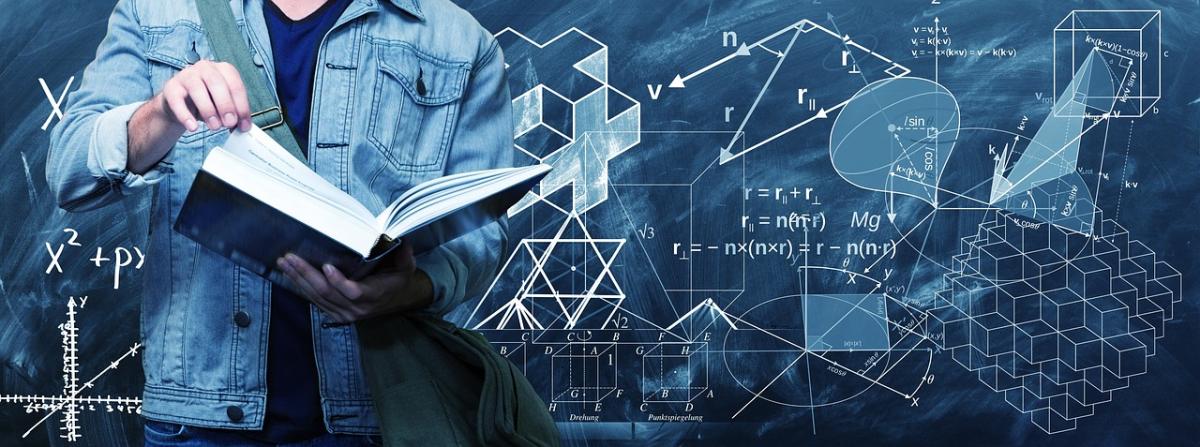
This is the final lesson of 4 lessons. In this lesson we are creating our design from lesson 3. This is a project-type lesson, so it is not done in a traditional manner. Students will create either

This is the 3rd lesson of a 4-part series. In this lesson the students will be using their gauge from their swatch to design a garment or accessory for a model. Using proportional relationships

This lesson is the first of 4 lessons that helps students on the journey to knitting with Math. The lesson uses proportions and ratios to help students understand the basic swatch and how to calculate

This lesson is modeled after STEMAzing's lesson, "Picture Perfect Rover Cell Phone Holder”. Students will build a cell phone holder for their Edison Bot, plan a drive for the Bot to collect photos or

In this hands-on lesson, students will explore a solar panel kit. They will measure all aspects of the kit and create a scale drawing, using proportions.
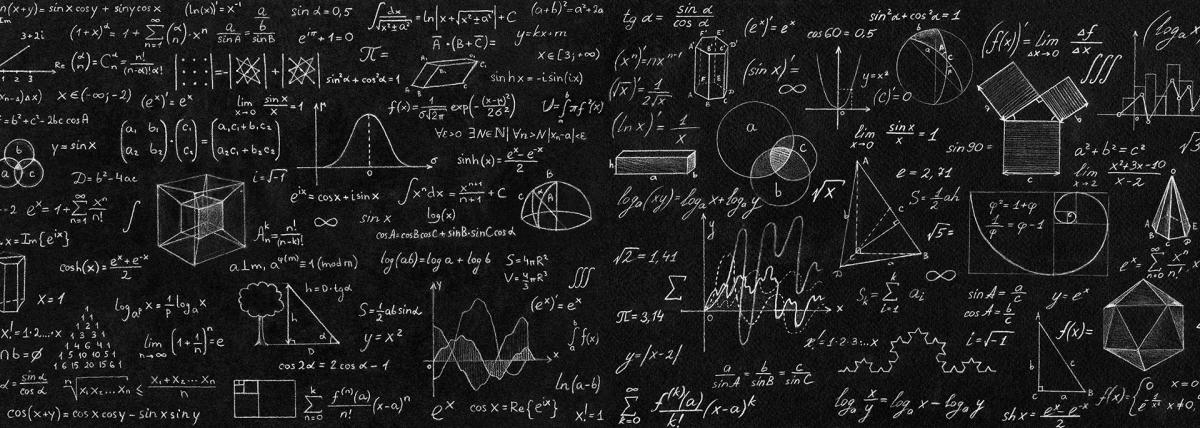
Discover the power of hydraulics and pneumatics! Engaging in STEM activity on building systems and understanding fluid dynamics.

This is a multiple-day lesson plan based on Newton's 3 Laws of Motion. Students begin the lesson by collecting data observing coins moving across a table. After making the observations, students will

This hands-on lesson asks students to design and build a storage system that utilizes excess rainwater for the purpose of reuse in a garden. Students explore science, math, and engineering principles

This is the 3rd lesson in the series. In this lesson, students will select one building from their master-planned community to construct a 3D model that absorbs/releases 8% less than the surrounding

In this lesson, students will learn about the history of flight and the technological advancements that led to modern aviation. Students will learn about how the study of birds and other flying

In this lesson students will learn about water filtration and how to filter simulated Martian water. Students will build water filters and use the engineering design process. This is the 2nd lesson in

This lesson is about Mars and Martian water. It introduces students to the geography of Mars and the various ices found on Mars. This is the 1st lesson in a 2-part series.
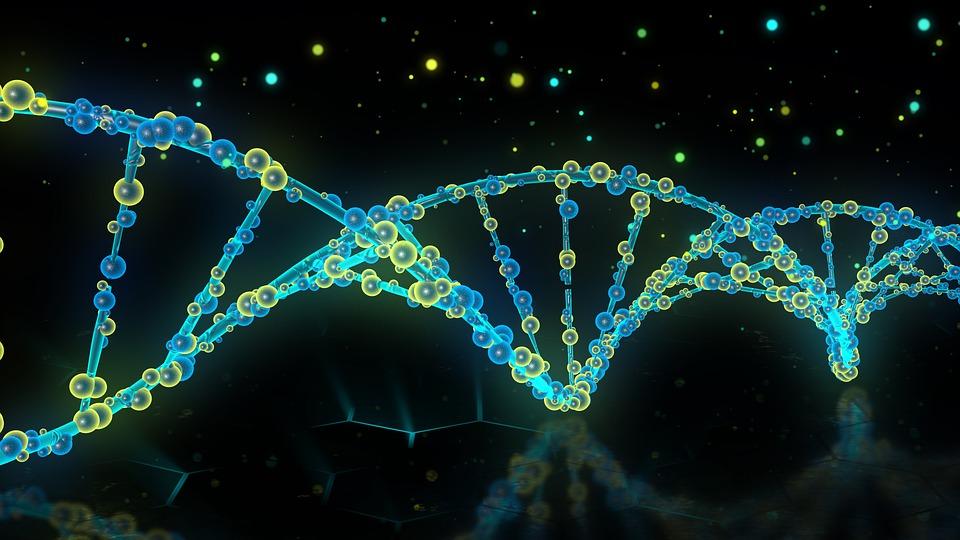
In this engaging lesson, students will learn about genetics and create their own characters in which they will find a mate and create an offspring. They will use traits and Punnett Squares to create

In this lesson students will demonstrate their deeper understanding of how the concept of slope is applied to the real-world construction of the wheelchair access ramp. Students will use the knowledge

This lesson is part 2 of 2. In lesson one, students create a scale drawing (blueprint) of a sustainable house. In this lesson, students use their scale drawing to create a scale model of a sustainable

This is a lesson involving math, science, and engineering. Students are also required to write a reflection paragraph. Students will use a scale to create a scale drawing of a sustainable house that

This lesson is the first of two about vermicomposting. It explains what vermicomposting is and how to start a worm bin. The second lesson will discuss harvesting compost and moving worms to a garden

Students examine the relationship between a ball's bounce height and its drop height to see a linear relationship. They then calculate the slope of their data to compare "bounciness" with other groups

Students think about dipping a cube in paint, then count the amount of faces that are painted (either 1, 2, 3, or none) they then make a table with the data and are asked to find any patterns they may

It is a lesson that is based on Mathematical computation and Project based learning. Students have to find the proportional relationship between the surface area of the house and the paint to be used

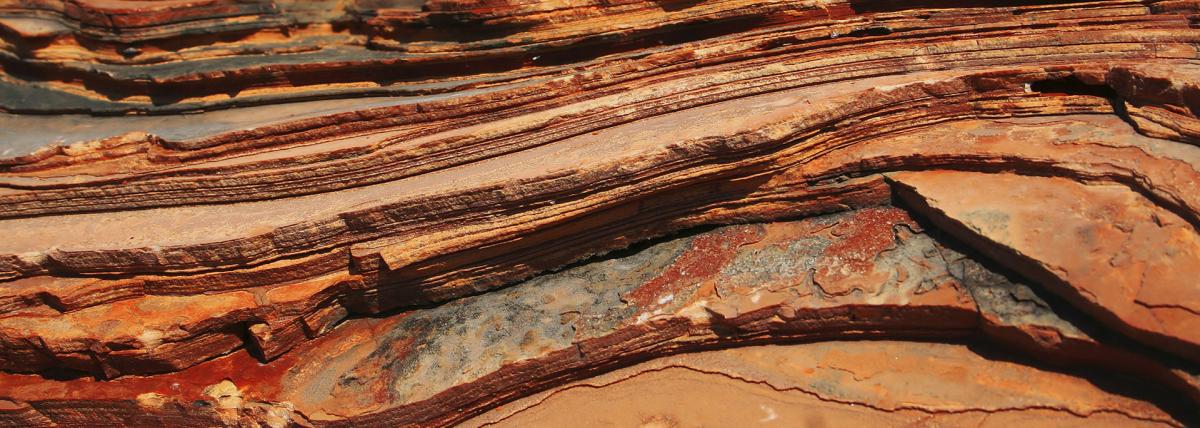
In this lesson, teams of 3-4 students will design and create scale models of four landforms that they chose. This lesson takes place in a classroom for 60 minutes, with an emphasis on the target

This lesson allows students to explore and build a tangible understanding of how and why changing side lengths impacts the overall volume of a rectangular prism. Students will explore how ratio


